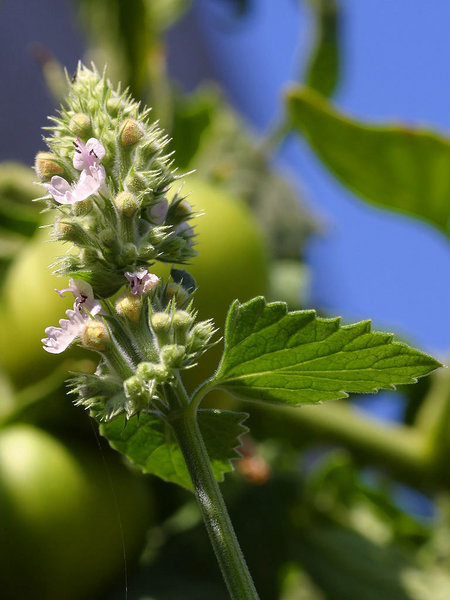I have inherited a new plot of land in which to grow my garden. Well, I say "inherited" but a better word would be "bequeathed". My grandma is allowing me to dig up her backyard in order to support the cause of satisfying my green thumb. You can see where I have cropped the photos together to create one image, but you get the general idea of the space I will be working with. It has a beautiful southern exposure, so I should get lots of veggies. However, I will have to dig up all of the sod first.
Kentucky bluegrass sod, ugh. I can't imagine a worse thing to grow in the arid climate of Denver. As a cool season grass, it is adapted to look green and lush during our moist spring weather, but to go dormant in the dry heat of summer and the deep cold of winter. Therefore, her yard is a thatchy yellow 7-8 months out of the year. Creating a green lawn in Denver often means using an exorbitant amount of water and chemicals. On top of that, the sod is so old, that it has become lumpy - no croquet playing here! To make better use of her growing space and get the most out of her current water expenditure, I am going to plant a variety of vegetables, along with a plethora of plants to attract beneficial insects. The high biodiversity level should also provide pollinators for the veggies, help control pests*, create a very small feeding habitat for butterflies and declining bee species, and encourage biodiversity in the world at large**. For fun, I will also be growing medicinal herbs and foodstuff "weeds". I should mention that the entire plot will be farmed using organic methods.
However, my yield last year was rather dismal since the plants are shaded during part of the day. Cramming all of the containers together so that the painters wouldn't damage them as they put siding on the building probably didn't help either, not to mention that some of my produce mysteriously "disappeared". Stolen crops no more! (Well, unless you count the veggies that grandma and my mom will be consuming :). I'm so excited to have actual land in and on which to grow crops that I have been ordering seeds and plants all winter. Let the great gardening experiment begin.
*See Frontiers in Ecology and Evolution, 2008, 6(8): 430–438, in which scientists Deborah K. Letourneau (from the Department of Environmental Studies, University of California, Santa Cruz, CA) and Sara G Bothwell published an article entitled "Comparison of organic and conventional farms: challenging ecologists to make biodiversity functional". One study illustrates that increased biodiversity was as effective in controlling for fruit and plant pest damage as pesticides, although further research is needed.
**See Science, 20 March 2009: 1562-1563, for an article entitled "Humans Need Biodiversity". In it, David P. Mindell describes the many ways in which we are dependent upon the diverse array of species around us, from archaebacteria to mangrove forests, poppies to sea squirts, red algae to dogfish sharks, and many more. He also notes that it is difficult to truly estimate the effects of biodiversity on humans since less than 10% of species have been described and we know even less about how those species participate in the ecosystem. The argument for encouraging biodiversity around us is clear - if we cannot appreciate nurturing other species for their own sakes, we should do it for the health and welfare of our own.
Friday, April 3, 2009
Subscribe to:
Posts (Atom)



